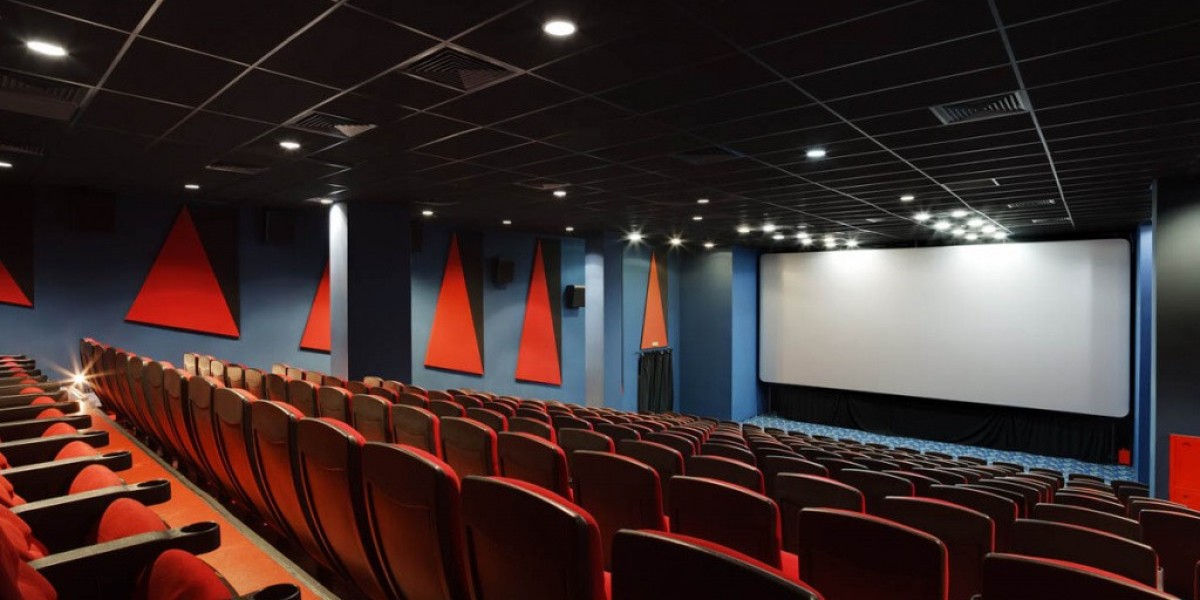Global Menswear Market: In-Depth Analysis, Trends, and Forecast (2025-2033)
Introduction
The global menswear market is poised for substantial growth, projected to reach US$ 936.94 billion by 2033, rising from US$ 595.74 billion in 2024, at a CAGR of 5.16%. Factors fueling this expansion include the increasing demand for sustainable clothing, the rapid expansion of e-commerce, and the growing fashion consciousness among men.
This comprehensive analysis explores market segments, driving forces, regional trends, and key players shaping the future of the menswear industry.
Global Menswear Industry Overview
Menswear refers to clothing and accessories specifically designed for men, encompassing categories such as casual wear, formal wear, sportswear, outerwear, and luxury fashion. The industry has evolved significantly over the years, driven by changing cultural dynamics, economic trends, and consumer preferences.
Modern menswear emphasizes comfort, customization, and sustainability, with an increasing number of brands incorporating eco-friendly fabrics and ethical production practices. Online shopping platforms have further fueled industry expansion by offering a wide selection of products with easy accessibility.
Key Market Drivers
1. Rising Demand for Sustainable Fashion
Growing environmental awareness has led to increased demand for eco-friendly menswear made from recycled materials, organic fabrics, and sustainable production methods. Ethical fashion brands are gaining popularity as consumers prioritize transparency and sustainability in their purchasing decisions.
2. E-Commerce Boom and Digital Transformation
The increasing penetration of online retail platforms has significantly contributed to the growth of the menswear market. With the convenience of online shopping, consumers have access to a diverse range of products, from mass-market to premium and luxury menswear. Amazon, for instance, recorded US$ 131 billion in international revenue in 2023, illustrating the impact of digital commerce.
3. Product Innovation and Expanding Fashion Trends
Brands are continuously innovating by introducing functional, stylish, and eco-friendly menswear collections.
- Y Chroma launched age-defying male styles at New York Fashion Week in 2024.
- Snitch, a D2C brand, secured US$ 13.19 million in funding in December 2023 to expand its offline and online presence.
- Shoppers Stop introduced plus-size menswear under the "U R You" brand, catering to diverse body types.
Related Report
North America Athletic Wear Market
Regional Market Insights
North America: United States Leading the Market
The U.S. menswear market is one of the largest globally, driven by high consumer spending on fashion, the rise of athleisure, and increased online shopping trends. Popular brands include Nike, Levi’s, and Ralph Lauren.
- The U.S. had 21.64 million youths (15-19 years) in 2022, representing a strong consumer base.
- Skims launched its menswear line in 2023, featuring prominent athletes and celebrities in its marketing campaigns.
Asia-Pacific: India and China Driving Growth
- India’s menswear market is expanding due to rising fashion awareness, urbanization, and e-commerce growth.
- In March 2024, Myntra acquired UK fashion brand Next’s rights, enhancing global brand accessibility.
- China and South Korea remain key players, with a strong preference for luxury and premium menswear.
Europe: Focus on Luxury and Sustainable Fashion
- The UK market blends traditional tailoring with streetwear and athleisure trends.
- Brands such as Burberry and Marks & Spencer are leading players.
- The European market is highly sustainability-driven, with increased adoption of organic and recycled textiles.
Middle East: Saudi Arabia’s Growing Market
- Traditional clothing, such as the thobe and ghutra, remains integral to Saudi men’s wardrobes.
- International and luxury brands are gaining traction due to increased disposable income and global fashion influences.
- Social media influencers and digital platforms play a vital role in shaping menswear trends.
Menswear Market Segmentation
1. By Apparel Type
- Top Wear: Shirts, T-shirts, Jackets, Blazers
- Bottom Wear: Jeans, Trousers, Shorts
- Innerwear: Undergarments, Sleepwear
2. By Category
- Mass Market
- Premium
- Luxury
3. By Distribution Channel
- Online Retail (E-commerce platforms)
- Offline Retail (Department stores, Specialty stores, Brand outlets)
4. By Region
- North America: U.S., Canada
- Europe: UK, France, Germany, Italy, Spain
- Asia-Pacific: China, Japan, India, South Korea
- Middle East & Africa: Saudi Arabia, UAE, South Africa
- Latin America: Brazil, Mexico, Argentina
Competitive Landscape: Key Industry Players
The global menswear industry is dominated by leading fashion brands, each focusing on product innovation, sustainability, and market expansion. Key players include:
- Nike, Inc.
- Adidas AG
- H&M Hennes & Mauritz AB
- Levi Strauss & Co
- Ralph Lauren Corp
- PVH Corp (Tommy Hilfiger, Calvin Klein)
- Hugo Boss Group
- Under Armour Inc.
Market Outlook & Future Trends
- Technology Integration in Fashion: AI and augmented reality (AR) are enhancing online shopping experiences with virtual try-ons and personalized recommendations.
- Smart Fabrics & Functional Wear: Growth in performance-driven menswear, including moisture-wicking, temperature-regulating, and UV-protective fabrics.
- Customization & Bespoke Menswear: Increased consumer preference for personalized tailoring and made-to-measure clothing.
- Sustainable Production & Circular Fashion: Brands adopting recycled materials and promoting second-hand clothing markets.
Conclusion
The global menswear market is undergoing a significant transformation, driven by sustainability, digitalization, and evolving consumer preferences. With rising disposable incomes, technological advancements, and growing fashion consciousness, the industry is expected to witness steady growth through 2033. Companies investing in eco-friendly solutions, innovative designs, and e-commerce expansion will be best positioned to capture market opportunities.
For more insights, customization options, and detailed market analysis, reach out to Renub Research Analysts.








